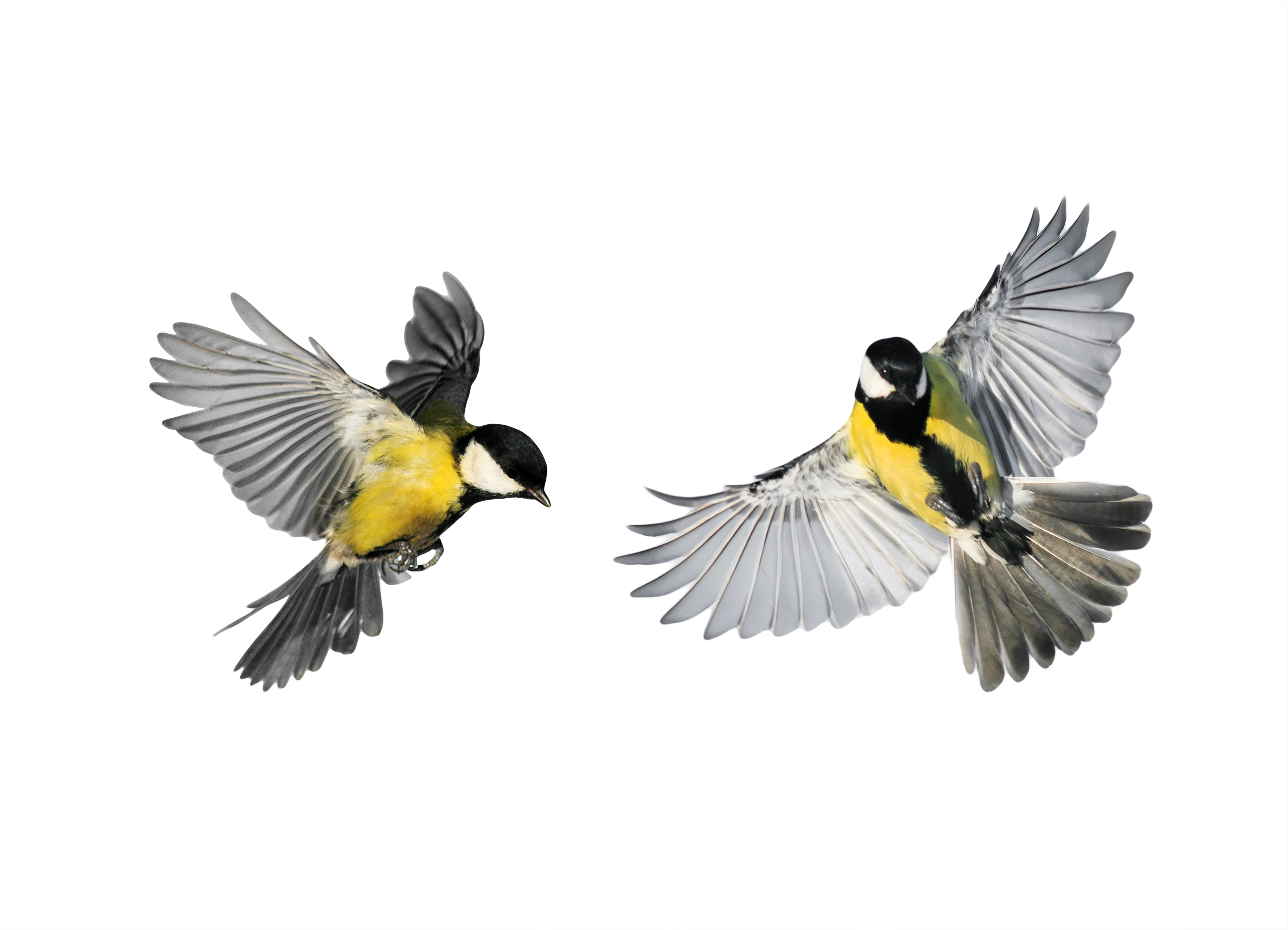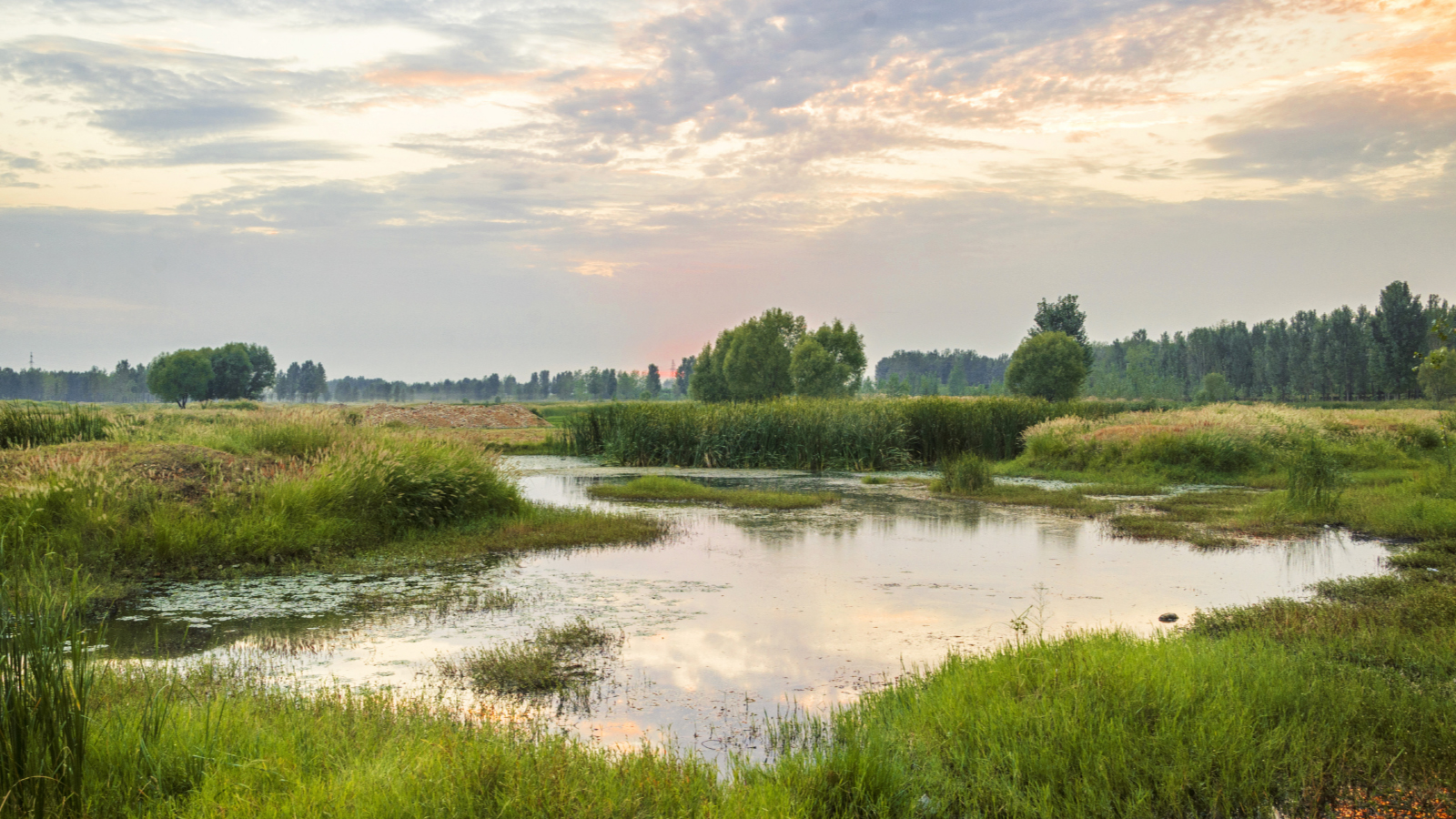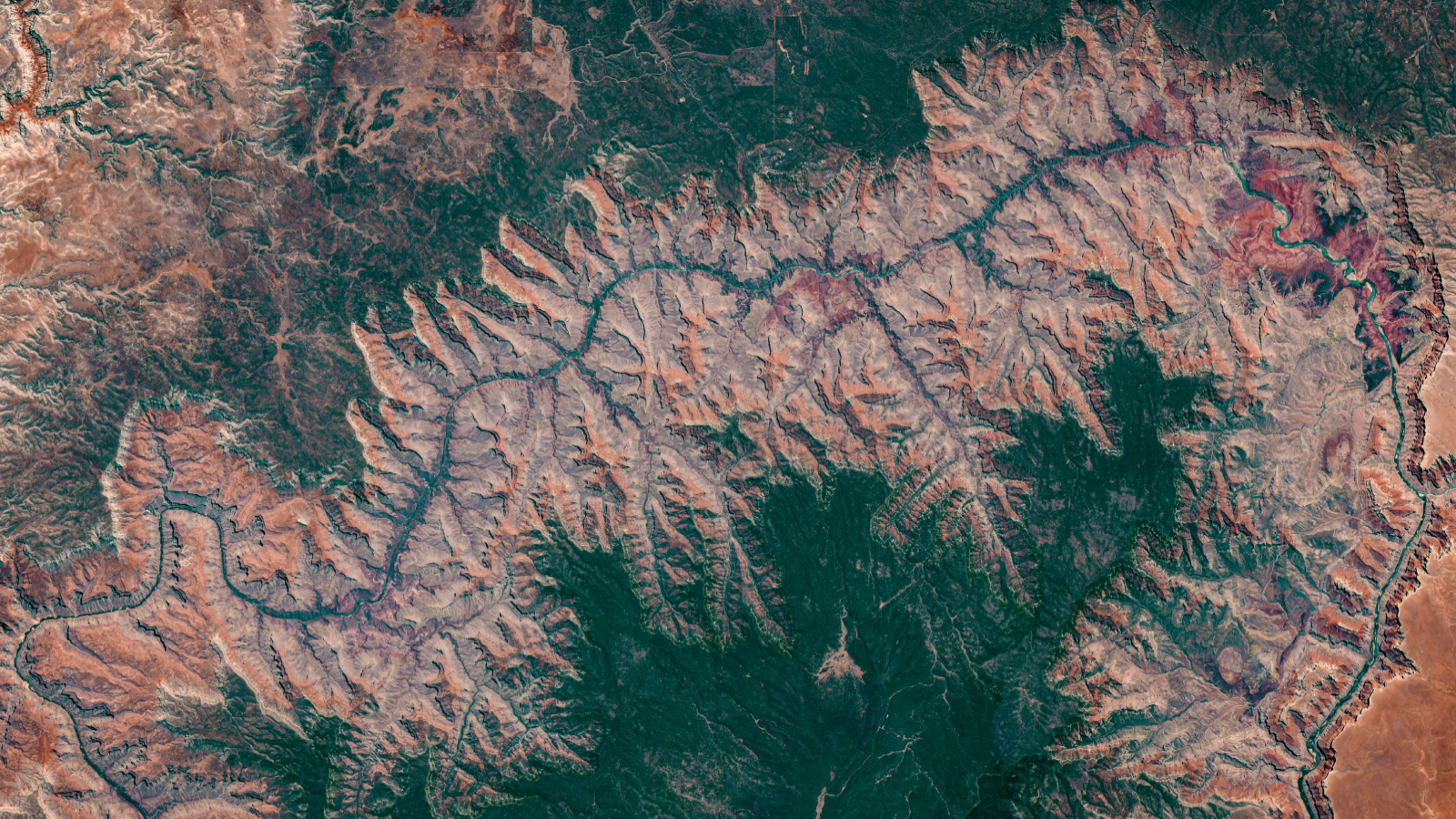Idea Bank
Arguing About a Chemical Change
Arguing About a Chemical Change (Volume 87, Issue 4)
By Patrick Brown
Citizen Science
Migrate to Mobile with eBird
(Volume 87, Issue 4)
By Jill Nugent

Collaborative science projects you can join
Collaborative science projects you can join
Collaborative science projects you can join
Commentary
Using Models to Teach Science
By Byung-Yeol Park, Laura Rodriguez, and Todd Campbell
Feature
Evidence of Molecular Motion
Using cell phones, microscopes, and computer models to examine Brownian motion
Feature
Why Wetlands Matter
Using modeling and data analysis to understand wetland functions
The Science Teacher—November/December 2019 (Volume 87, Issue 4)
By Megan H. Reed, Tom Jenkins, and Lisa Kenyon

Feature
A Lesson in Geospatial Inquiry
The Science Teacher—November/December 2019 (Volume 87, Issue 4)
By Eric Nolan, Brooke A. Whitworth, and Lori Rubino-Hare

Scope on the Skies
Mercury Transit of the Sun
By BOB RIDDLE
Astronomy throughout the year
Astronomy throughout the year
Astronomy throughout the year
Disequilibrium
Phases of the Moon
By COLE ENTRESS
Using discrepant events to confront misconceptions
Using discrepant events to confront misconceptions
Using discrepant events to confront misconceptions
Citizen Science
Advance technology literacy and bring learners’ 21st-century skills up to code with the Hour of Code!
By JILL NUGENT
Collaborative science projects you can join
Collaborative science projects you can join
Collaborative science projects you can join
Interdisciplinary Ideas
Integrating nonfiction chapter books into a science unit
Integrating nonfiction chapter books into a science unit
By KATIE COPPENS
Bringing other subjects into the classroom
Bringing other subjects into the classroom
Bringing other subjects into the classroom



